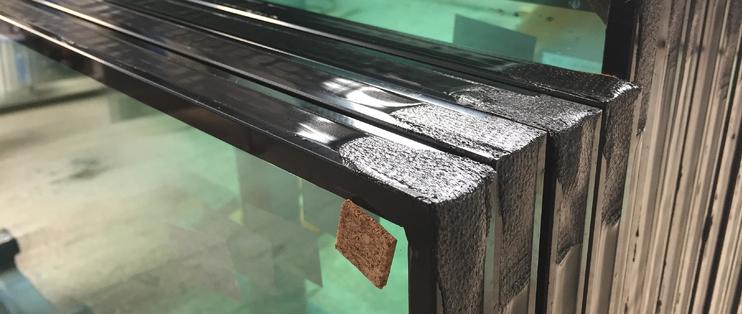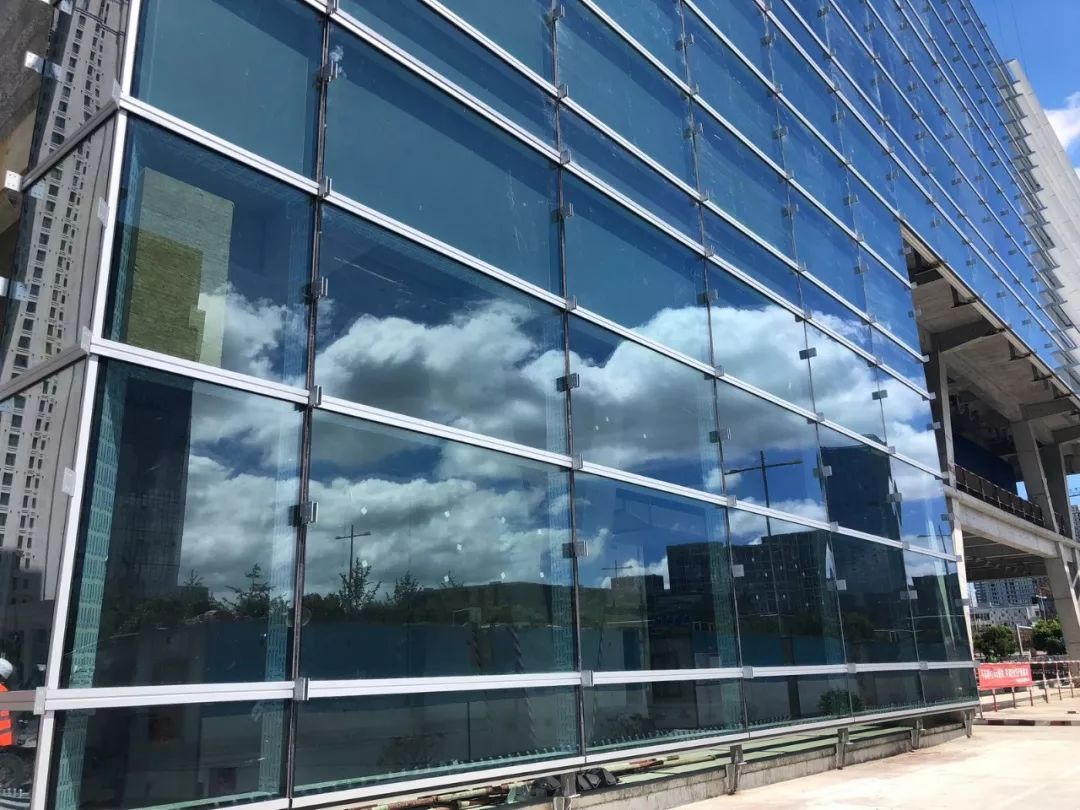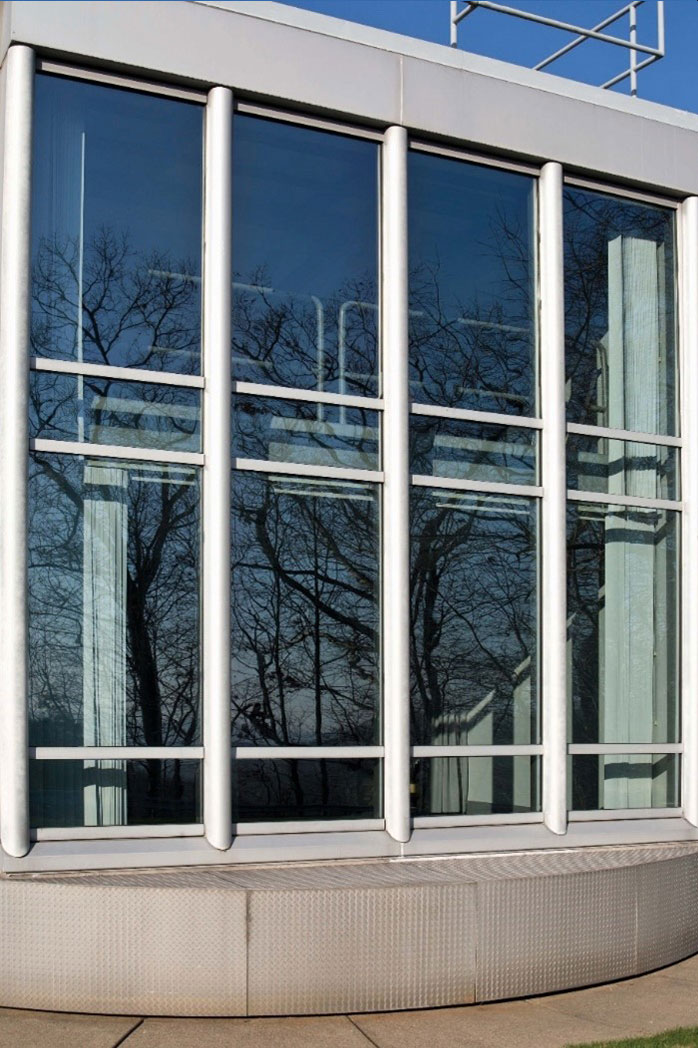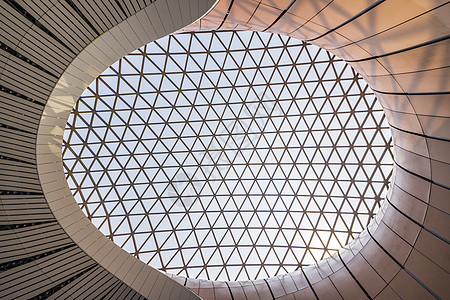There are many types of glass on the market, in addition to paying more attention to the safety performance of glass, more people’s eyes are also focused on the energy saving of glass, let’s understand how to choose suitable glass for installation and use in different climate regions?
The energy saving parameters of glass have two indicators, the shading coefficient SC value and the heat transfer coefficient K value, which of these two indicators to the contribution of building energy saving depends on the climate conditions of the building in the area, but also depends on the use of the building function.
SC: Shading Coefficient, which refers to the ratio of the total solar transmittance of a glass to that of a 3mm standard transparent glass. (The theoretical value of GB/T2680 is 0.889, and the international standard is 0.87) for calculation, SC=SHGC÷0.87 (or 0.889). As the name suggests, it is the ability of glass to block or resist solar energy, and the shading coefficient SC value of glass reflects the heat transfer of solar radiation through the glass, including the heat through the direct irradiation of the sun and the heat radiated to the room after the glass absorbs heat. A lower SC value means that less solar energy is radiated through the glass.
K value: is the heat transfer coefficient of the glass component, due to the glass heat transfer and indoor and outdoor temperature difference, the formed air to air heat transfer. Its British units are: British thermal units per square foot per hour per Fahrenheit. Under standard conditions, under a certain temperature difference between the two sides of the vacuum glass, the heat transferred to the other side per unit time through the unit area. The metric units of K value are W / ㎡·K. The heat transfer coefficient is not only related to the material, but also to the specific process. The test of China’s K value is based on China’s GB10294 standard. The test of European K value is based on the European EN673 standard, and the test of American U value is based on the American ASHRAE standard, and the American ASHRAE standard divides the test conditions of U value into winter and summer.
The building energy conservation design standard provides the limiting index of doors and Windows or glass curtain walls according to different climate regions. Under the premise of meeting this index, glass with lower shading coefficient SC value should be selected in areas where air conditioning energy consumption accounts for a larger proportion. For example, in areas with hot summer and warm winter, research shows that the energy consumption caused by solar radiation accounts for about 85% of the annual energy consumption in this area. The energy consumption of temperature difference heat transfer accounts for only 15%, so it is obvious that the area must maximize the shade to obtain the best energy saving effect.
Regions with a larger proportion of heating energy consumption should choose glass with lower heat transfer coefficient, such as cold regions with short summer time, long winter time and low outdoor temperature, insulation has become the main contradiction, and lower K value is more conducive to energy saving. In fact, no matter which climate region, the lower the K value is undoubtedly the better, but reducing the K value is also a cost, if it accounts for a small proportion of energy saving contributions do not have to pursue, of course, do not give money for free.
It can be concluded that the lower the value of K, the better the insulation performance, and its contribution to building energy conservation gradually decreases from north to south, and whether it needs to be lower can be considered according to cost factors under the premise of meeting the requirements of energy conservation standards. The lower the shading coefficient SC is, it is beneficial to energy saving in summer, but harmful to energy saving in winter. There are more objections about whether residential buildings in hot summer and cold winter areas and public buildings in cold areas should be further sunshade, which can be analyzed according to the use function of the building, and the advantages outweigh the disadvantages.
Although the lower the SC value, the stronger the sunshading ability, the better the performance of blocking the sunlight heat radiation to the room. However, if you blindly pursue the lower the SC value, the less light through, the less indoor lighting, the darker the glass. Therefore, we should also consider the combined impact of lighting, size, noise and other aspects in order to find their own energy-saving glass.
- Address: NO.3,613Road,Nansha Industrial Estate, Danzao Town Nanhai District, Foshan City, Guangdong Province,China
- Website: https://www.agsitech.com/
- Tel: +86 757 8660 0666
- Fax: +86 757 8660 0611
- Mailbox: info@agsitech.com
Post time: Jul-14-2023





